Maintaining healthy, sparkling teeth is an essential part of overall health, and dental cleanings play a major role in achieving this goal. Traditionally, teeth cleanings have been performed using manual or ultrasonic instruments, but with the rise of advanced technology, laser teeth cleaning has become an increasingly popular option. Laser teeth cleaning is a high-tech method that offers numerous benefits, from enhanced precision to reduced discomfort. In this article, we’ll explore how laser teeth cleaning works, how it compares to traditional methods, and why many patients and dentists are turning to lasers for a more effective and comfortable dental cleaning experience.
What Is Laser Teeth Cleaning?
Laser teeth cleaning, also known as laser dental cleaning, uses focused light energy to remove plaque, tartar, and bacteria from the surface of the teeth and gums. Unlike traditional cleaning methods, which often rely on mechanical tools like scalers and ultrasonic devices, laser technology uses a highly concentrated beam of light to target and remove unwanted debris from your teeth.
Laser cleaning is typically performed with a soft or hard tissue laser, depending on the specific needs of the patient. These lasers emit a controlled beam of light that interacts with the tissues in the mouth, breaking down plaque and tartar deposits while sterilizing the area. The laser energy also stimulates the gum tissues, promoting healing and reducing the risk of gum disease.
Laser teeth cleaning is typically less invasive and more precise than traditional methods. It can be used to address a variety of dental issues, from routine cleanings to more complex treatments involving gum disease or tooth sensitivity.
How Does Laser Teeth Cleaning Work?
The process of laser teeth cleaning begins with the dentist using a specialized laser device. Depending on the specific laser used, the beam of light is aimed at areas of your mouth that require cleaning. Here’s a step-by-step breakdown of how laser teeth cleaning works:
1. Preparation
Before the procedure, your dentist will assess your dental health and determine if laser teeth cleaning is suitable for you. The dentist will also explain the procedure and discuss any concerns or questions you may have.
Unlike traditional cleanings, where the dentist may apply a local anesthetic for numbing, laser cleanings typically require little or no anesthesia. The laser itself is minimally invasive and doesn’t cause discomfort in most cases, but your dentist may use a numbing gel if needed for specific areas that are more sensitive.
2. Plaque and Tartar Removal
Using the laser device, your dentist will target areas of your teeth and gums where plaque and tartar have built up. The laser works by emitting a focused beam of light that is absorbed by the pigment in the plaque and tartar, effectively breaking it down. The laser’s energy is able to penetrate beneath the surface of the gums, removing bacteria and plaque from areas that are difficult to reach with traditional instruments.
The laser’s precision allows the dentist to clean each tooth more thoroughly, eliminating stubborn buildup while preserving the surrounding healthy tissues.
3. Gum Tissue Stimulation
One of the unique benefits of laser teeth cleaning is the laser’s ability to stimulate gum tissue. The laser’s light energy promotes healing by encouraging the regeneration of healthy tissue and reducing inflammation. This is particularly beneficial for patients with gum disease, as the laser can help reduce the risk of further infection by disinfecting the gums.
Laser treatment can also help tighten and reattach the gums to the teeth, preventing receding gums and improving overall gum health. This promotes healthier teeth and gums in the long run.
4. Bacterial Elimination
Laser cleaning is highly effective at sterilizing the area, as it destroys bacteria and germs in the mouth. This is important because bacteria play a significant role in the development of plaque, tartar, and gum disease. By killing bacteria in the gum pockets and on the tooth surface, laser cleaning helps reduce the chances of infection and promotes healthier gums and teeth.
5. Post-Treatment
After the laser cleaning is complete, your dentist may apply fluoride treatment to protect your teeth and help with remineralization. Depending on the extent of the treatment, you may experience minor discomfort for a day or two, but this is usually minimal compared to traditional cleaning methods, which can sometimes cause soreness or sensitivity.
Traditional Teeth Cleaning vs. Laser Teeth Cleaning
Laser teeth cleaning is often compared to traditional methods, which involve using manual instruments (scalers) or ultrasonic devices to remove plaque and tartar. Let’s take a closer look at how the two methods differ:
1. Effectiveness
Both laser and traditional cleanings are effective at removing plaque and tartar, but laser teeth cleaning offers a higher level of precision. The laser’s ability to target specific areas and penetrate beneath the gum line makes it particularly useful for treating gum disease and stubborn plaque buildup. It also eliminates bacteria more effectively than traditional methods.
While ultrasonic devices are effective at removing plaque, they can sometimes leave behind traces of tartar or bacteria in hard-to-reach areas. In contrast, laser cleaning is precise and thorough, ensuring that even the smallest gaps are addressed.

2. Discomfort and Pain
Traditional dental cleanings can sometimes cause discomfort, especially if there is a lot of plaque or tartar buildup or if the patient has sensitive gums. Scaling instruments can cause irritation to the gums, leading to soreness or bleeding. In some cases, local anesthetics are needed to reduce pain.
Laser cleaning, on the other hand, is generally much more comfortable. The laser is less invasive, and most patients experience little to no pain during the procedure. Because the laser is so precise, there is less friction, making it a more gentle option. Additionally, there is less bleeding since the laser also cauterizes the tissue as it works, reducing the chances of post-treatment swelling or discomfort.
3. Time and Efficiency
Laser teeth cleaning is generally faster than traditional cleaning methods. Because lasers are highly precise and effective at targeting specific areas, the procedure can be completed in less time. While traditional cleanings can take 45 minutes to an hour or more, laser cleanings can often be done in 30 minutes or less, depending on the complexity of the cleaning.
4. Gum Health and Healing
Laser cleaning offers significant benefits for gum health. The laser’s energy stimulates tissue regeneration, promotes healing, and reduces inflammation, which is particularly beneficial for patients with gum disease or those prone to gum recession. Traditional methods can sometimes cause irritation to the gums, especially if deep cleaning is needed, whereas lasers can help reattach the gums to the teeth and promote better long-term health.
5. Cost
Laser teeth cleaning may be slightly more expensive than traditional cleaning due to the advanced technology and equipment required. However, the price difference is often minimal and may be well worth it for patients seeking a more comfortable, precise, and efficient treatment.
Is Laser Teeth Cleaning Safe?
Laser teeth cleaning is considered to be safe for most patients. The technology has been extensively researched, and when performed by a trained dental professional, it poses very little risk. However, there are some considerations to keep in mind:
- Type of Laser: There are different types of lasers used in dental procedures, including soft tissue lasers and hard tissue lasers. Soft tissue lasers are ideal for cleaning gums, while hard tissue lasers are used for cleaning teeth and removing hard deposits like tartar. Your dentist will choose the appropriate type of laser based on your specific needs.
- Dental Health Status: Laser cleaning is most beneficial for patients with gum disease or heavy plaque buildup. However, individuals with certain medical conditions or dental health concerns may need to undergo a consultation to determine if laser cleaning is appropriate for them.
- Skill of the Practitioner: As with any dental procedure, the safety and effectiveness of laser teeth cleaning depend on the skill and experience of the dental professional performing the procedure. It’s important to choose a dentist who is trained and experienced in using laser technology.
Benefits of Laser Teeth Cleaning
Laser teeth cleaning offers several benefits over traditional cleaning methods, including:
- Reduced discomfort and pain
- Faster recovery times
- Increased precision and effectiveness
- Minimized bleeding and swelling
- Improved gum health and healing
- Reduced risk of infection
Laser teeth cleaning also offers long-term benefits for patients who are prone to gum disease or have sensitive teeth. By addressing issues early and effectively, lasers can help prevent more serious dental problems down the road.
Conclusion
Laser teeth cleaning represents a significant advancement in dental care. By using focused light energy to remove plaque, tartar, and bacteria, laser cleaning offers a more precise, comfortable, and efficient alternative to traditional cleaning methods. Whether you’re dealing with gum disease, sensitive teeth, or simply want a more thorough cleaning, laser technology can provide an effective solution. With benefits ranging from reduced discomfort to improved gum health, laser teeth cleaning is rapidly becoming a preferred method for maintaining a sparkling smile.

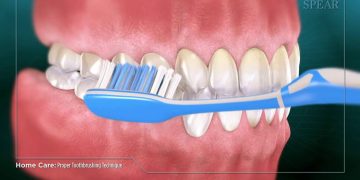
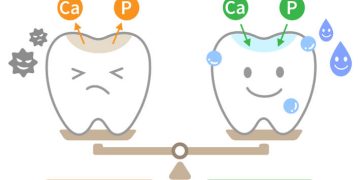





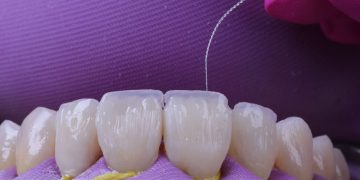
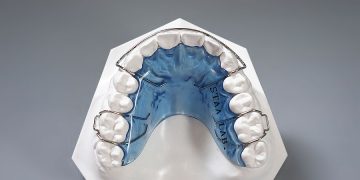
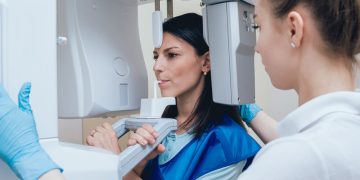




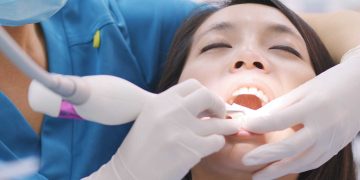









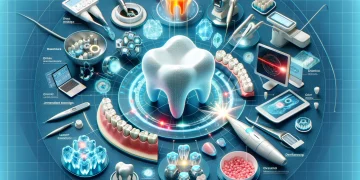
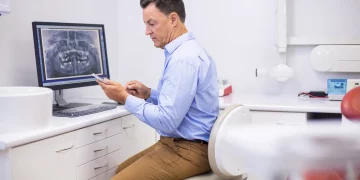


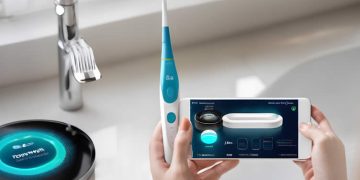

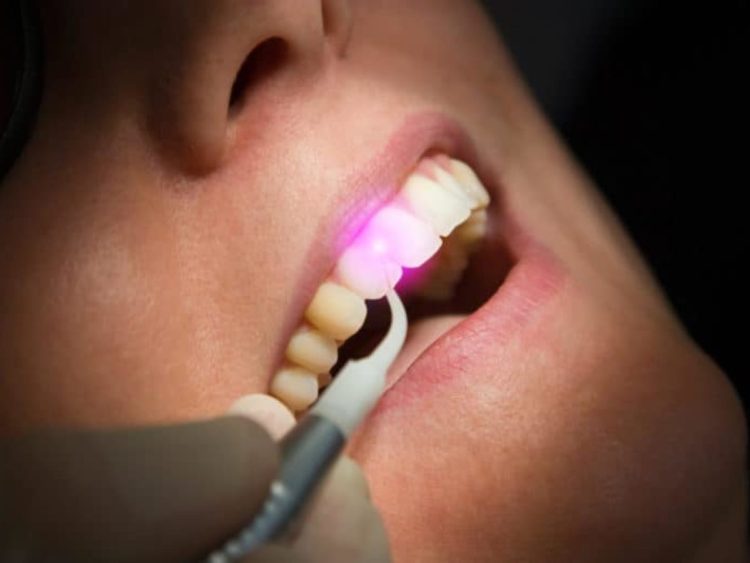












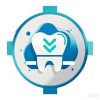
Discussion about this post